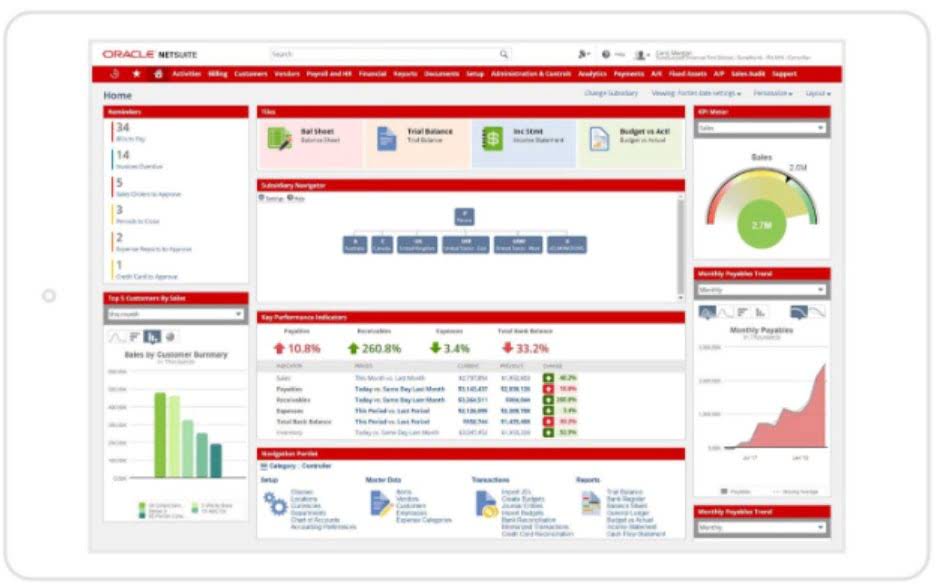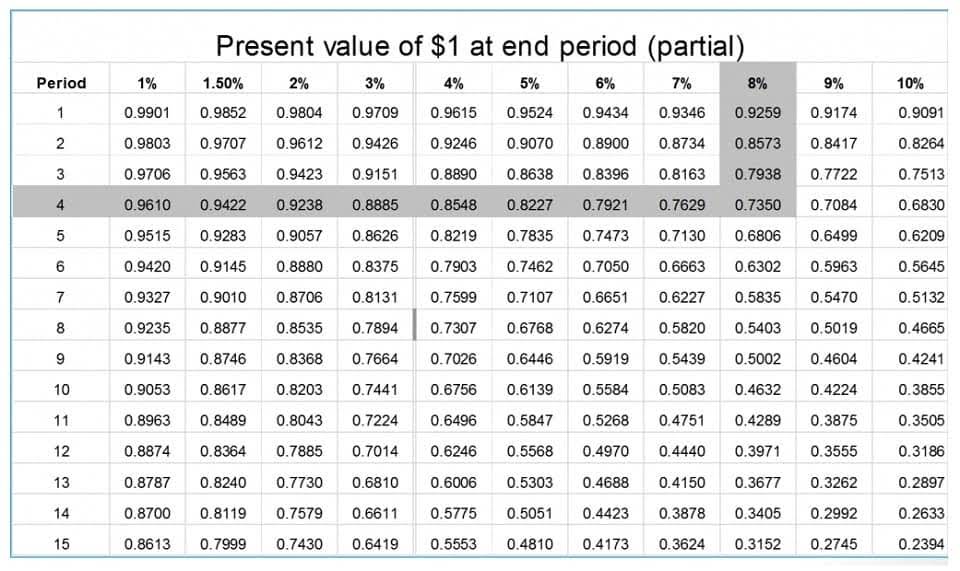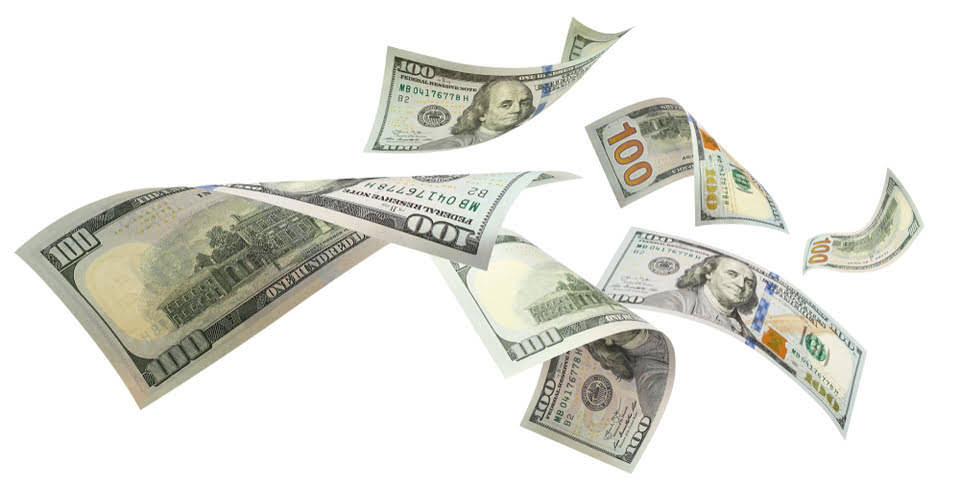
This case exemplifies the model’s practicality in fostering collaboration and ensuring decisions are well-rounded and inclusive. Interestingly, Drucker’s classification system focused on how generic or exceptional the problem was, as opposed to questions about the decision’s magnitude, potential for delegation, or cross-cutting nature. That’s not because Drucker was blind to these issues; in other writing, he strongly advocated decentralizing and delegating decision making to the degree possible. We’d argue, though, that today’s organizational complexity and rapid-fire digital communications have created considerably more ambiguity about decision-making authority than was prevalent 50 years ago. That’s why the path to better decision making need not be long and complicated.

The Eisenhower Matrix

Decision making takes up an inordinate amount of management’s time—up to 70 percent for some executives—which leads to inefficiencies and opportunity costs. According to McKinsey research, effective solutions center around categorizing decision types and organizing different processes to support each type. Further, each decision category should be assigned its own practice—stimulating debate, for example, or empowering employees—to yield improvements in effectiveness. For organizations looking to become more agile, it’s possible to quickly boost decision-making https://www.bookstime.com/ efficiency by categorizing the type of decision to be made and adjusting the approach accordingly. In the next section, we review three types of decision making and how to optimize the process for each.
- With burnout now classified as a medical condition by the World Health Organization, how should you better support your team?
- It’s a practical tool for sales, marketing, HR teams, and anyone who makes business decisions in your company.
- There are plenty of other options spread across the internet for you to dive into, such as RACI, SPADE, Xanax, or even A/B testing.
- Let’s walk through the standard framework for decision-making that will help you and your team pinpoint the problem, consider your options, and make your most informed selection.
- Learn more about Strategy & Corporate Finance consulting at McKinsey—and check out job opportunities related to decision making if you’re interested in working at McKinsey.
- For example, let’s say you run a consulting business and decide that top-notch customer service is one of your brand’s core values.
- This guide explores such powerful decision making frameworks designed to help you make better decisions.
What Is a Decision-Making Model and How To Choose a Best One

For example, if you don’t have much information to consider, instinct may be the only tool for finding the best solution that you have available. Likewise, trusting your normal balance instinct can often yield the best results in cases where you are already deeply experienced with the matter at hand since nothing hones instinct better than experience. Check out this helpful resource for a complete breakdown of the Vroom-Yetton decision-making model and a copy of the decision tree template you will need to use.
How many keywords should I use for Google Ads?
The intuitive decision making model is quite a bit different than the rational decision making model. The rational decision making model minimizes risk and uncertainty by ensuring your team methodically works through the decision in a specific sequence. Honing your decision-making skills may take time, but you’ll reap the rewards of higher productivity and a more balanced perspective. Weighing your options will become easier, and you won’t waste as much time and effort on every decision. This is doubly true when an unexpected development pulls the rug from underneath your feet.
Sunsetting a product and product decommissioning are complex processes that require strategic planning and effective communication. Before BRIDGeS, we used to apply various discovery tools and frameworks to solve issues, ideate products, form strategies, etc. BRIDGeS has combined all the best from those solutions to help you handle complexity, set priorities, and solve your business or personal problem in just one session. These gave organizations a framework for decision making framework classifying different sets of data, such as communications-driven, document-driven, and knowledge-driven.

Identify alternatives
- Business is more complex and dynamic than ever, meaning business leaders are faced with needing to make more decisions in less time.
- The most overlooked aspect of successful decision-making is setting clear responsibilities.
- Through thorough situation analysis and identification of potential problems, the change agent preemptively addressed resistance and technical challenges.
- This ensures that decisions are not made against significant objections or concerns and fosters a sense of ownership and accountability among stakeholders.
- All participants felt they had a right (and the need) to express an opinion on everything, even where they had little knowledge or expertise.
- By centralizing risk-taking and assessment to a single individual, you should, in theory, get faster reactions to change and a higher degree of mitigation.
- Conversely, multi-veto techniques empower stakeholders to veto options they strongly oppose or believe are unsuitable.
If they notice a problem with the simulated response, they either modify the approach or choose another. Business leaders today have access to more sophisticated data than ever before. For one thing, organizational dynamics—such as unclear roles, overreliance on consensus, and death by committee—can get in the way of straightforward decision making. And more data often means more decisions to be taken, which can become too much for one person, team, or department. This can make it more difficult for leaders to cleanly delegate, which in turn can lead to a decline in productivity.